
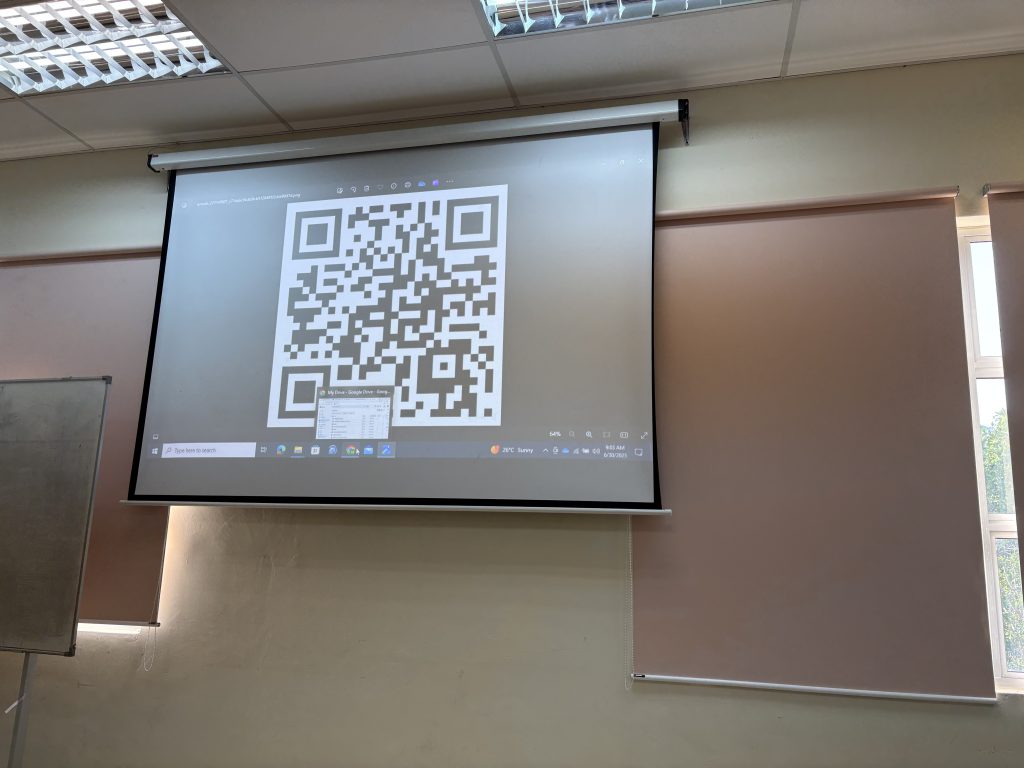
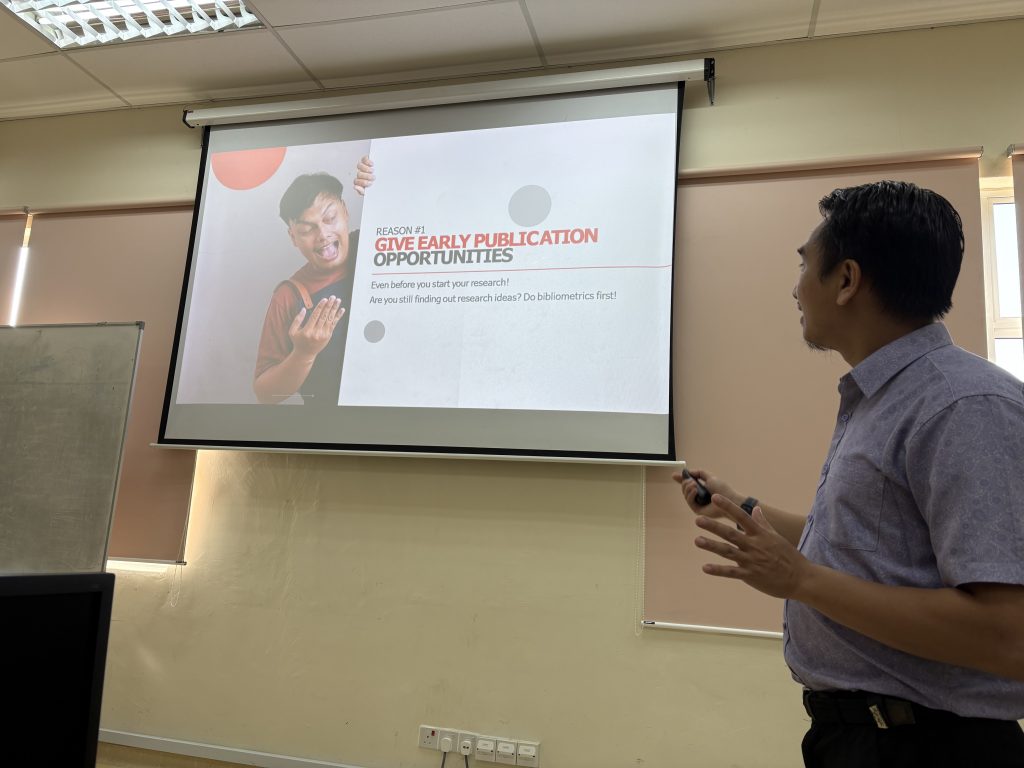
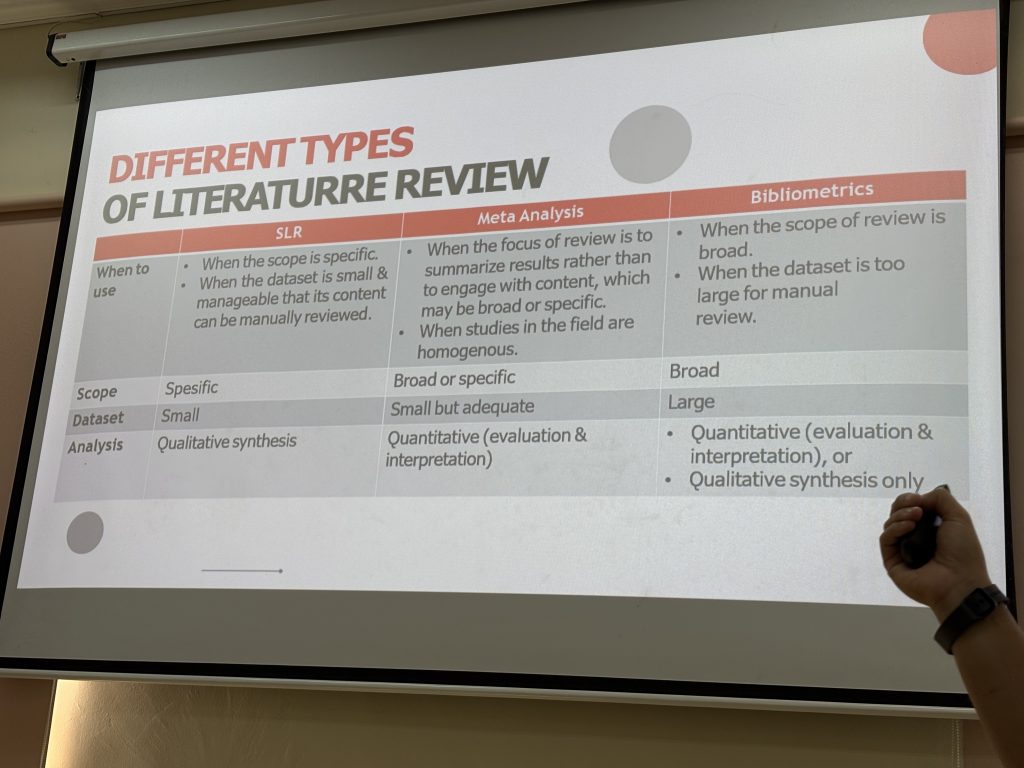
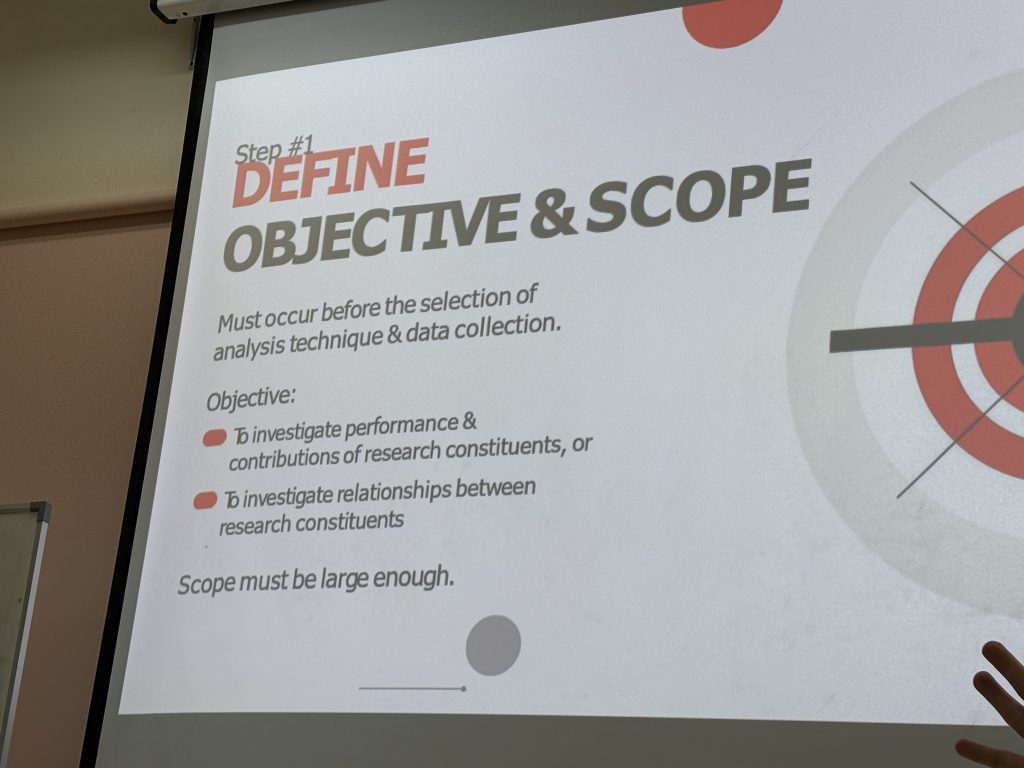
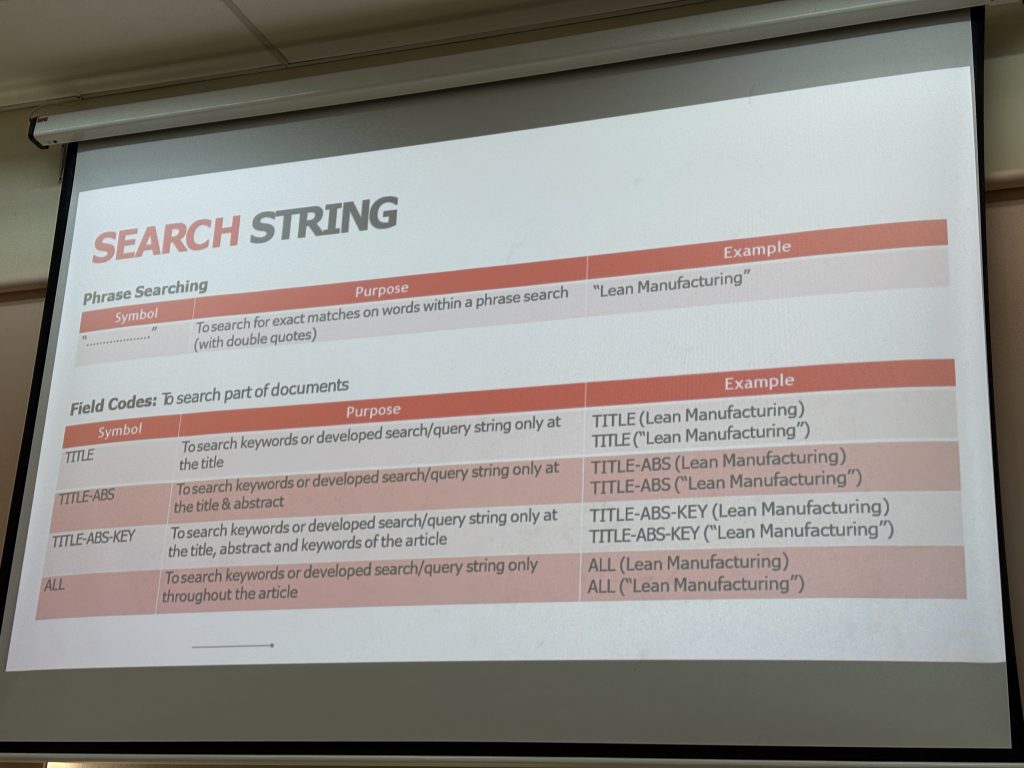
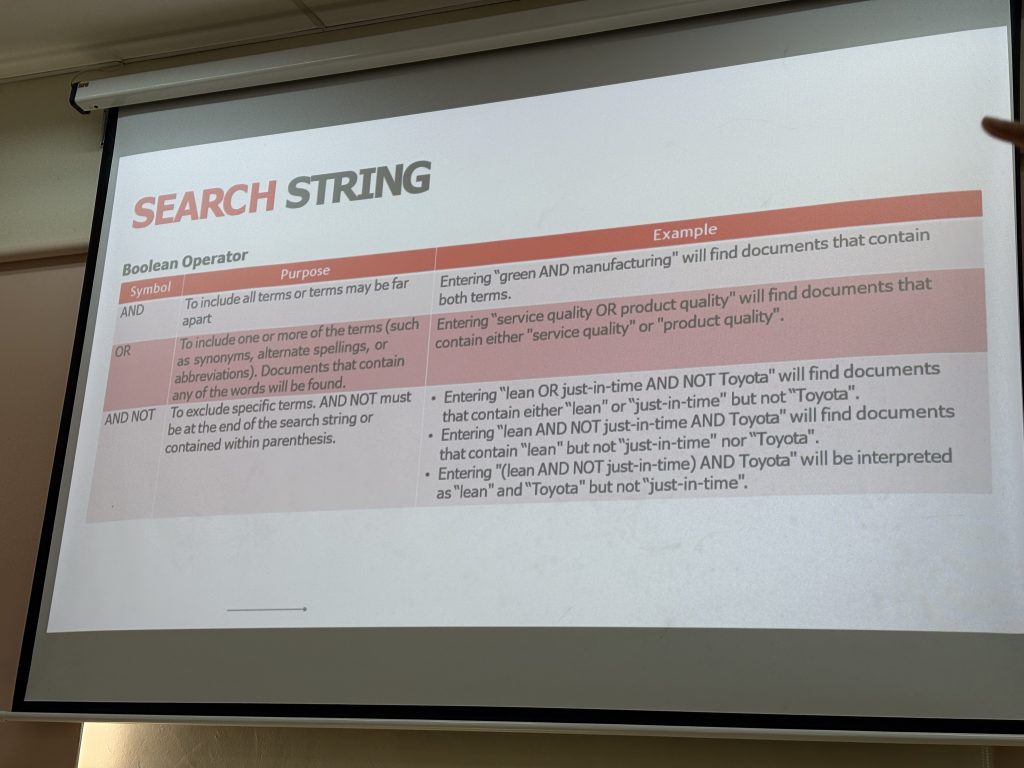
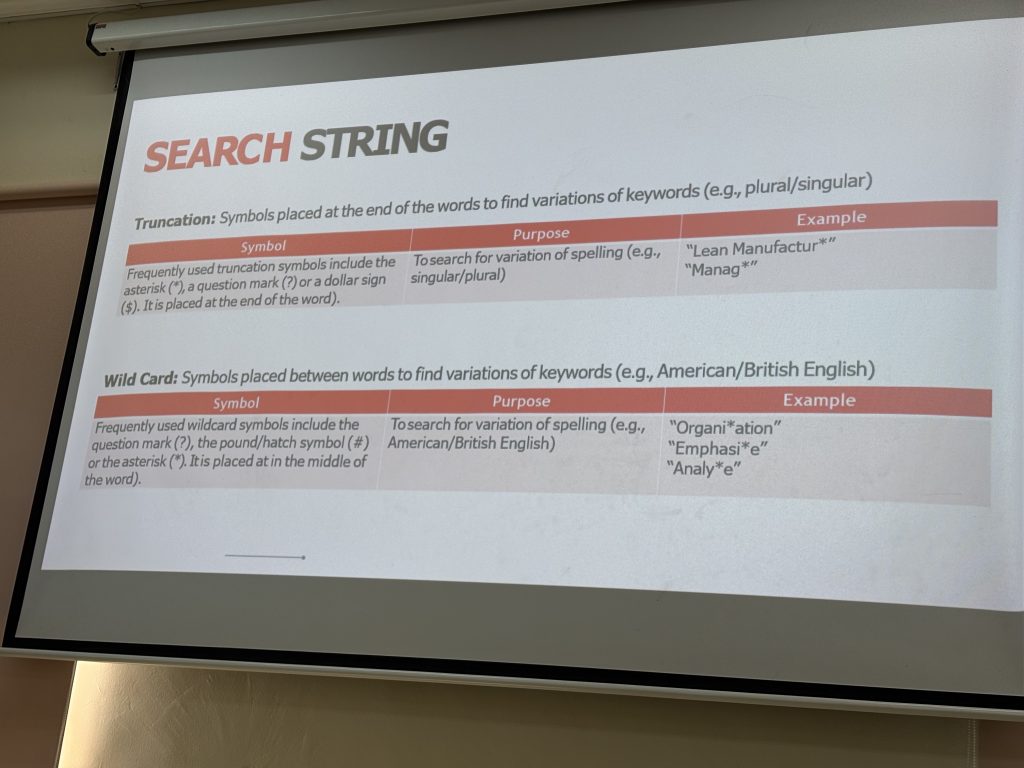
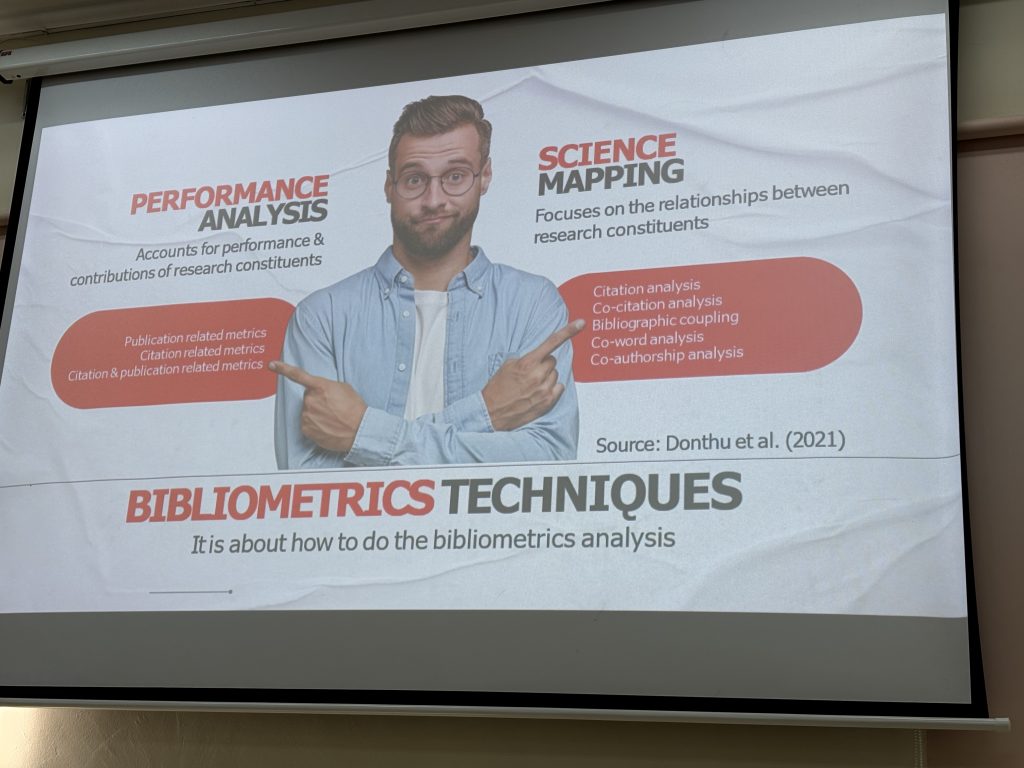
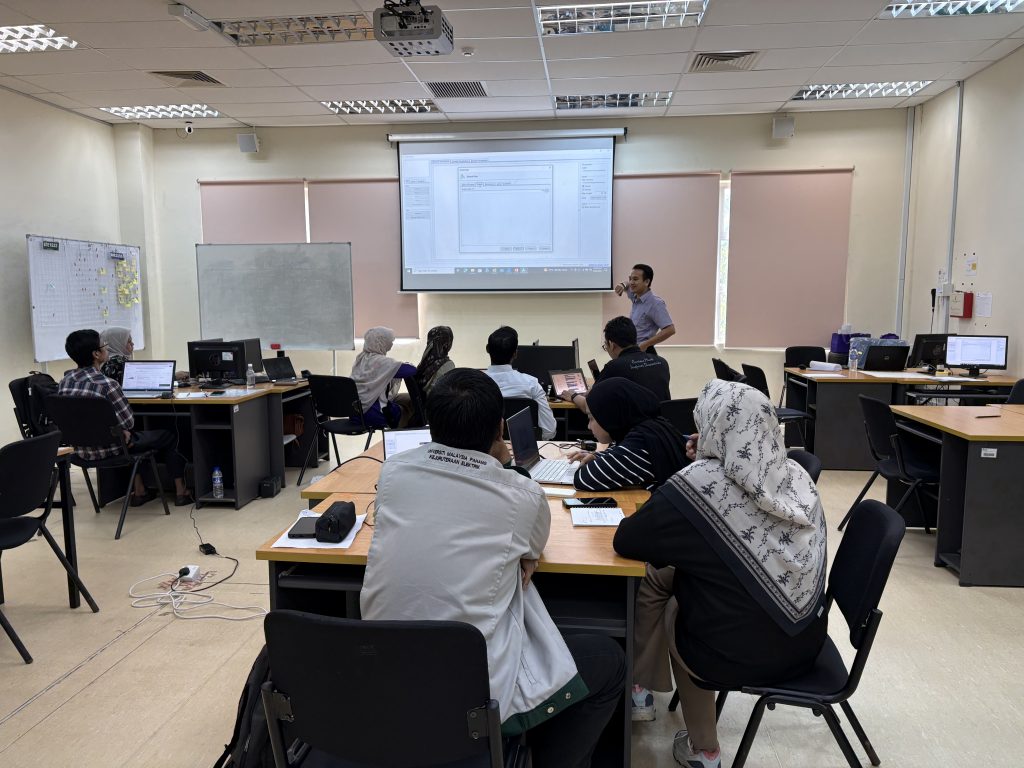
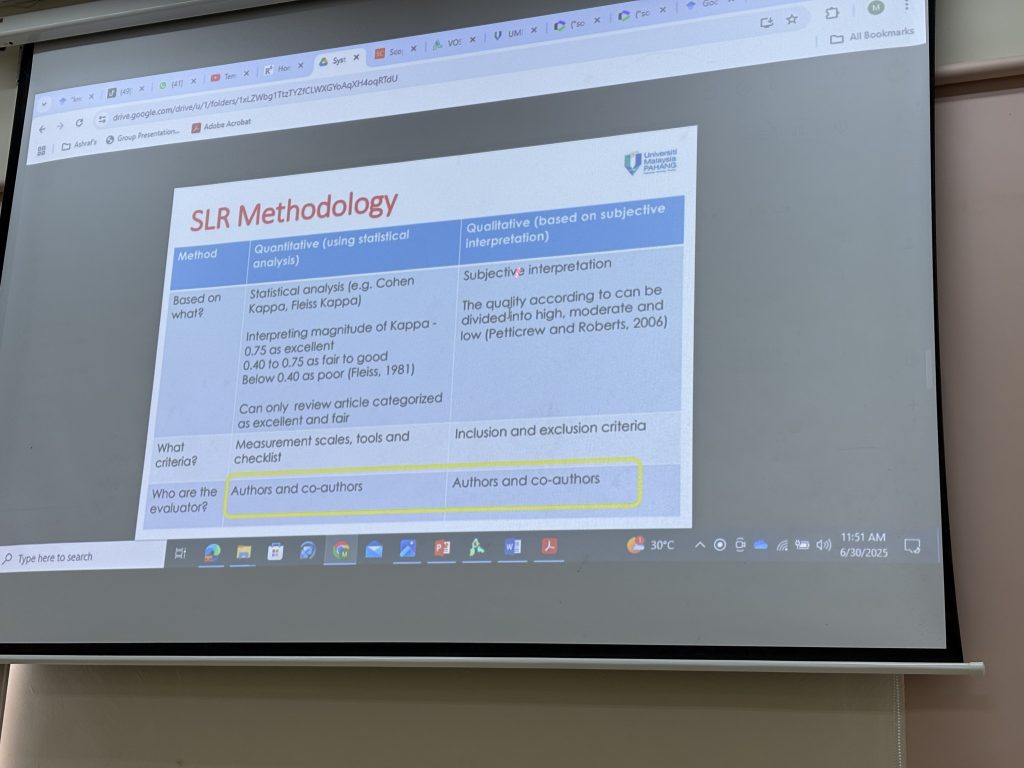
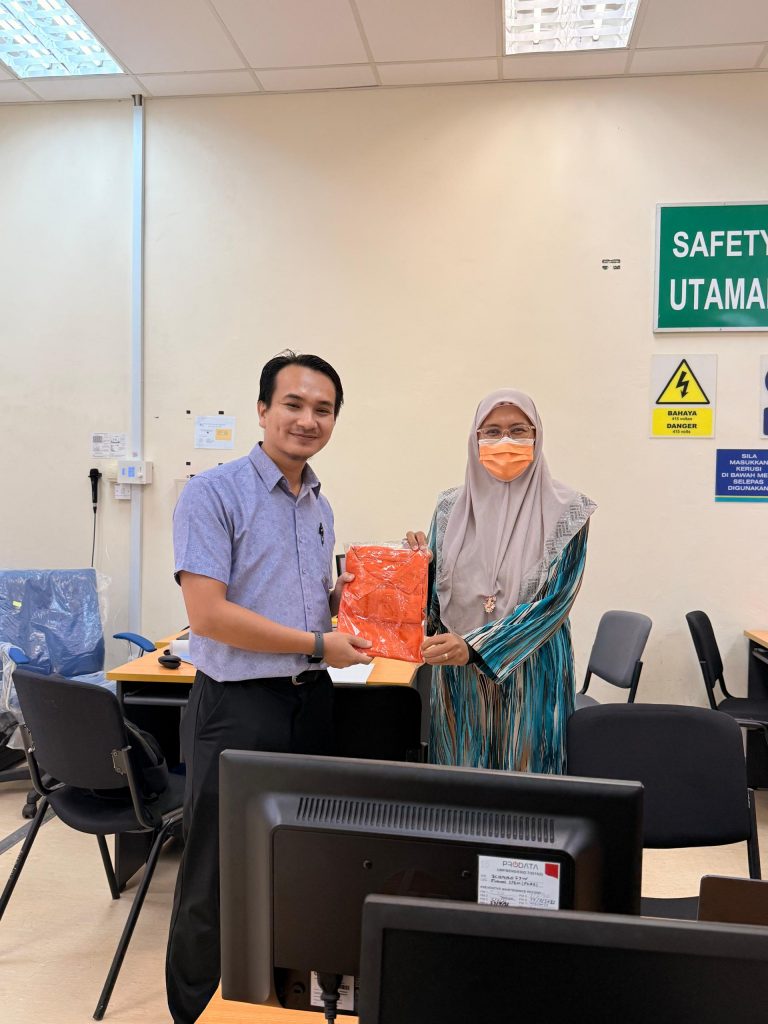
The world is digital, but life is analog..












iFuture @ UMPSA 2025 – TVET, Innovation & Future Leadership: From Ideas to Impact
https://www.facebook.com/share/v/18pGsW5jr9/



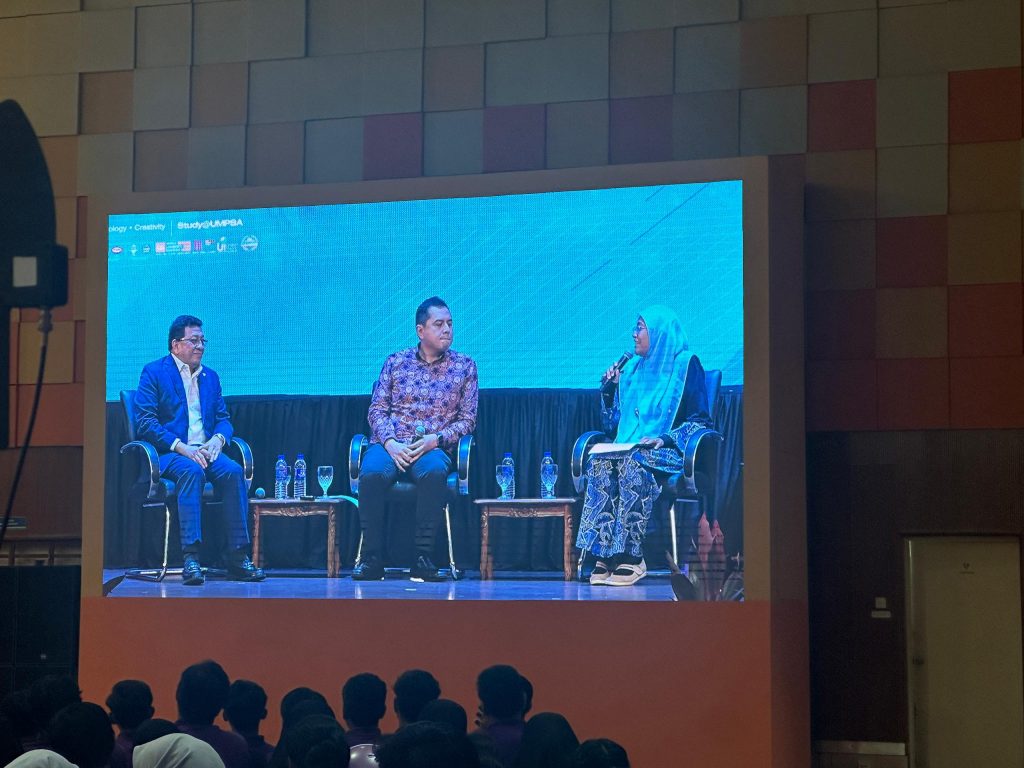
Today, I had the honour of moderating the iFuture @ UMPSA 2025 Forum, aimed to explore how TVET (Technical and Vocational Education and Training), innovation, and youth leadership can converge to build a more resilient and future-ready Malaysia.
We were joined by two distinguished leaders:
We began the session with a light and personal question to the panelists:
“When you were 10 years old, what did you dream of becoming?”
It’s always humbling to hear that even prominent leaders once had childhood dreams as simple as becoming a pilot or a firefighter. It reminds our youth that success starts from humble beginnings—and dreams are valid at every age.
Round 1: Leadership Journeys
To Datuk Ir. Megat – How did you rise to lead TNB? What values or turning points shaped your journey?”
To Dato’ Nizar – What inspired your entry into public service, and how do you view youth’s role in shaping Malaysia’s future?”
Both speakers highlighted the importance of values, mentorship, and community. Leadership is not born overnight. It’s a journey of learning, often shaped by hardship. As a moderator, I truly resonated with the message that real leaders are forged through lived experience and a consistent drive to contribute meaningfully.
Round 2: Perspectives from Industry & Government
To Datuk Ir. Megat – How does TNB view the importance of TVET and innovation in developing a future-ready workforce?”
To Dato’ Sri Mohd Nizar – What is the state government doing to bridge the gap between TVET institutions and industry demands?”
This segment affirmed the need for policy-industry-academia alignment. There is strong intent on both sides—but more platforms like this are needed to translate intent into action. A big takeaway was how TVET is no longer an “alternative” path—it is a primary driver of economic resilience.
Round 3: Challenges & Strategies in TVET and Youth Innovation
To Datuk Ir. Megat – What are the key challenges in hiring industry-ready TVET graduates, and how is TNB addressing them?
To Dato’ Sri Mohd Nizar – What are some state initiatives to empower innovation among youth, particularly in TVET?
This was a powerful round. We discussed gaps in soft skills, adaptability, and real-world exposure. But more importantly, we heard concrete solutions: apprenticeships, innovation grants, and integrated learning pathways. I personally believe that innovation must not be limited to tech—it includes tinkering, problem-solving, and thinking differently.
Round 4: Vision & Collaboration for the Future
To Datuk Ir. Megat – Is TNB open to deeper collaboration with universities like UMPSA in leadership and innovation training?”
To Dato’ Nizar – What are your hopes for TVET students, and how can the state support them?”
This round was particularly close to my heart. As an educator and innovator, I’ve seen that leaders are not just problem-solvers—they are full of ideas. Whether those ideas are big innovations or small tweaks in the classroom, the ability to think, question, and act is what separates a passive learner from a future leader.
And that kind of thinking requires exposure, hardship, and opportunities to build skills—in every direction.
Closing Reflections – A Message to Youth
We closed with this question to both panelists:
“What is your message to Malaysian and global youth as they navigate a future shaped by change and technology?”
Their answers were sincere and empowering—urging youth to stay curious, keep learning, and collaborate across boundaries.
I couldn’t agree more. If we want a generation that leads with courage and ideas, we must keep creating opportunities for them to explore, tinker, build, and fail safely.
I believe Leadership is not a position—it’s a practice =)
And at its core, leadership is the ability to generate ideas and act on them.
Whether you’re building a robot, writing code, or designing a simple classroom solution—those acts of creation are acts of leadership. My hope is that every student who joined us today leaves knowing that their voice, their skills, and their ideas matter.
Let us continue to support them—through conversations like these, and more importantly, through action.






Alhamdulillah, after nearly two weeks of editing videos and curating content :{ , I’ve finally completed setting up the Microcredential courses for two subjects: Innovation (BTE1522) and Programming & Data Structure (DRE2213) 🙂 . These are skill-based subjects, and I strongly believe that learning by doing is the most effective way to build real-world competency.
Embodied Learning in Python Programming
Over the past three years at UMPSA STEM Lab, I’ve conducted numerous activities related to programming and embedded systems. One key takeaway – Embodiment in learning makes all the difference.
For this course, students won’t just learn Python theoretically—they will code, experiment, and interact with real applications. Instead of passively absorbing syntax, they will embody the concepts through a game-based approach. We introduce Python programming by developing a Slider Game, where key concepts such as functions, variables, and control statements are applied practically. This approach ensures that students grasp programming not just in theory but as an interactive, hands-on experience.
Raspberry Pi & The UMPSA STEM Cube: A Project-Based Approach (LINK)
Beyond Python, the Raspberry Pi segment of the course integrates a project-based learning approach centered around the UMPSA STEM Cube—our very own pico-satellite project. Here, students will engage in real-world applications of embedded systems, experiencing firsthand how concepts like sensor integration, data collection, and communication protocols play a role in building functional technology. By embodying the process of making a pico-satellite, students move beyond just coding—they engage in engineering design, problem-solving, and real-world applications.
Returning to FPGA: A Passion Rekindled
Besides these courses, I’ll also be teaching Digital System Design using FPGA 🙂 —a subject I have loved since my own undergraduate days! It has been quite a while since I last taught FPGA-based digital design, and I’m excited to bring my passion for hardware design back into the classroom. FPGA is a field where you can see logic come to life, and I look forward to guiding students through this exciting journey of designing and implementing digital circuits.
Looking Forward to a Year of Engaging Teaching & Learning
As we move forward, I’m eager to see how these Teaching & Learning (TnL) activities unfold this year. I believe in the power of active learning, and I’m excited to foster a classroom environment where students don’t just learn concepts—they experience them firsthand.
Here’s to another year of innovative teaching, hands-on projects, and passion-driven learning!







All the best in your examination everyone =)


